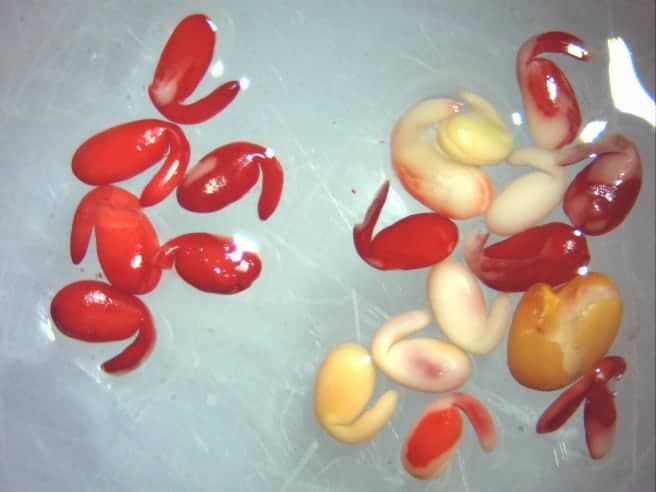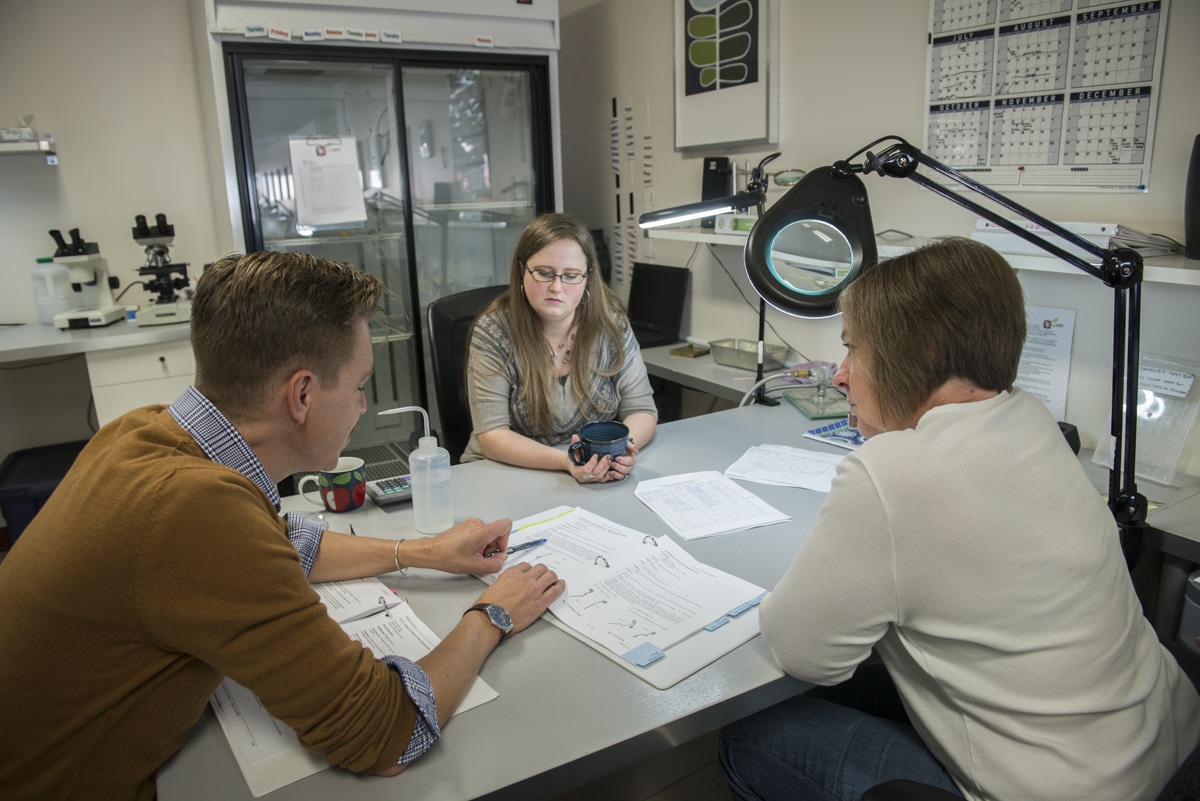As someone deeply entrenched in the world of seed testing, I can’t help but extol the virtues of the tetrazolium (TZ) test as a powerful tool in your arsenal this time of year.

This test doesn’t just provide quick viability assessments; it’s a multifaceted gem that has revolutionized the way we handle seed testing, especially in today’s fast-paced agricultural landscape.
Picture this: a client rushes in, worried about a pending planting schedule and the cleanliness of their crop. With TZ testing, they can breathe a sigh of relief. It offers a rapid evaluation of seed viability, providing an immediate snapshot of what they’re dealing with. No more fretting over missed deadlines or uncertain seed quality.
But the brilliance of TZ doesn’t stop there. In an era where efficiency is paramount, many seed companies have adopted just-in-time testing methodologies. No more warehousing tons of seeds, waiting for them to be picked. With a TZ test, they can test seeds on the fly, ensuring freshness and quality right up to the moment they’re shipped out. It’s a game-changer for forages, turf, grasses, alfalfa and more.
Let’s delve into the nitty-gritty of the process. The seed is stained with tetrazolium chloride, revealing the living structures within. It’s an old technique, refined over time to become not just a viability test but also a measure of vigour. A uniform stain indicates robustness, while variations can hint at issues like mechanical damage or aging.
Let’s not forget dormancy, the bane of germination tests everywhere. Traditional methods often fail to detect it accurately, especially in tiny seeds like those found in forages and lawns. But TZ shines here, offering insights that germination tests alone might miss. It’s our secret weapon against leaving valuable seeds on the table, ensuring that every viable candidate gets its chance to shine.
And let’s not overlook the springtime significance of the TZ test. As the season unfurls and farmers ponder the integrity of their aging seed stock, TZ steps in with swift reassurance. Within 24 hours, they can have peace of mind, knowing whether their germination rates still hold strong. It’s a boon for crops like alfalfa, turf grasses, and native species, with a surge of interest even in cereals, pulses, soybeans and fava beans.
So why do so many overlook this gem of a test? Perhaps it’s the allure of more traditional methods or simply a lack of awareness. But for those in the know, the TZ test offers efficiency, reliability, and peace of mind in an industry that demands all three in spades.













